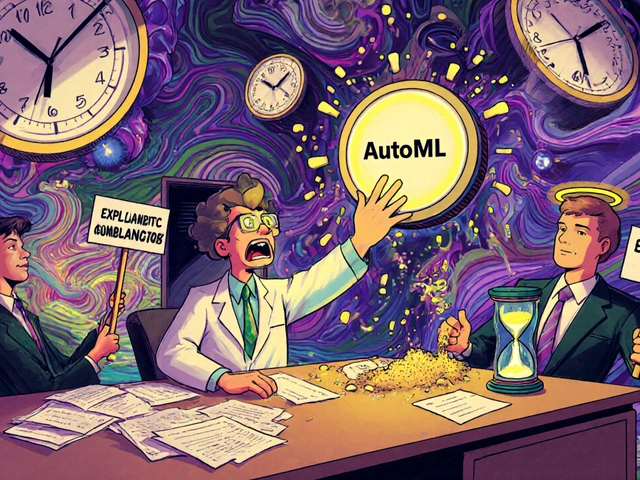Tax-Efficient Donations: How to Give More and Pay Less
When you make a tax-efficient donation, a charitable gift structured to reduce your tax burden while supporting causes you care about. Also known as strategic giving, it’s not just about generosity—it’s about using the tax code to stretch your dollars further. Most people think donating means writing a check and hoping for a deduction. But the smartest givers use appreciated stocks, donor-advised funds, and timing to give more, pay less in taxes, and even avoid capital gains entirely.
A donor-advised fund, a charitable giving account that lets you donate assets now, get an immediate tax deduction, and decide where the money goes later. Also known as a DAF, it’s the fastest-growing tool for charitable giving in the U.S., with over $207 billion held in 2023. You can dump stocks, real estate, or crypto into a DAF, skip the capital gains tax, and get a full fair-market-value deduction. Then, you take your time recommending grants to charities—no pressure, no rush. This isn’t just for billionaires. If you’ve got $5,000 in appreciated stock sitting in a brokerage account, a DAF can turn that into a $5,000 tax write-off while letting the charity get the full value.
And it’s not just about DAFs. charitable giving, the act of transferring assets to qualified nonprofits to support their mission. Also known as philanthropy, it’s the foundation of tax-efficient donations. The IRS lets you deduct donations to 501(c)(3) organizations, but only if you itemize. That’s why timing matters. If you’re having a high-income year—maybe from a bonus, stock sale, or Roth conversion—stacking your donations into that year can drop your taxable income significantly. Meanwhile, in low-income years, you might take the standard deduction and skip the paperwork. Smart donors plan this like they plan their investments.
Many of the posts below show how these tools connect. You’ll see how tax-efficient donations work with direct indexing to harvest losses, how they fit into retirement account coordination, and why using a DAF beats giving cash to avoid capital gains. You’ll learn how to pick the right charity account, when to donate appreciated assets, and why timing your gift can save you thousands. These aren’t theoretical ideas—they’re real strategies used by people with $50K, $200K, and $1M in taxable accounts. No fancy jargon. No fluff. Just how to give more, pay less, and still sleep well at night.





